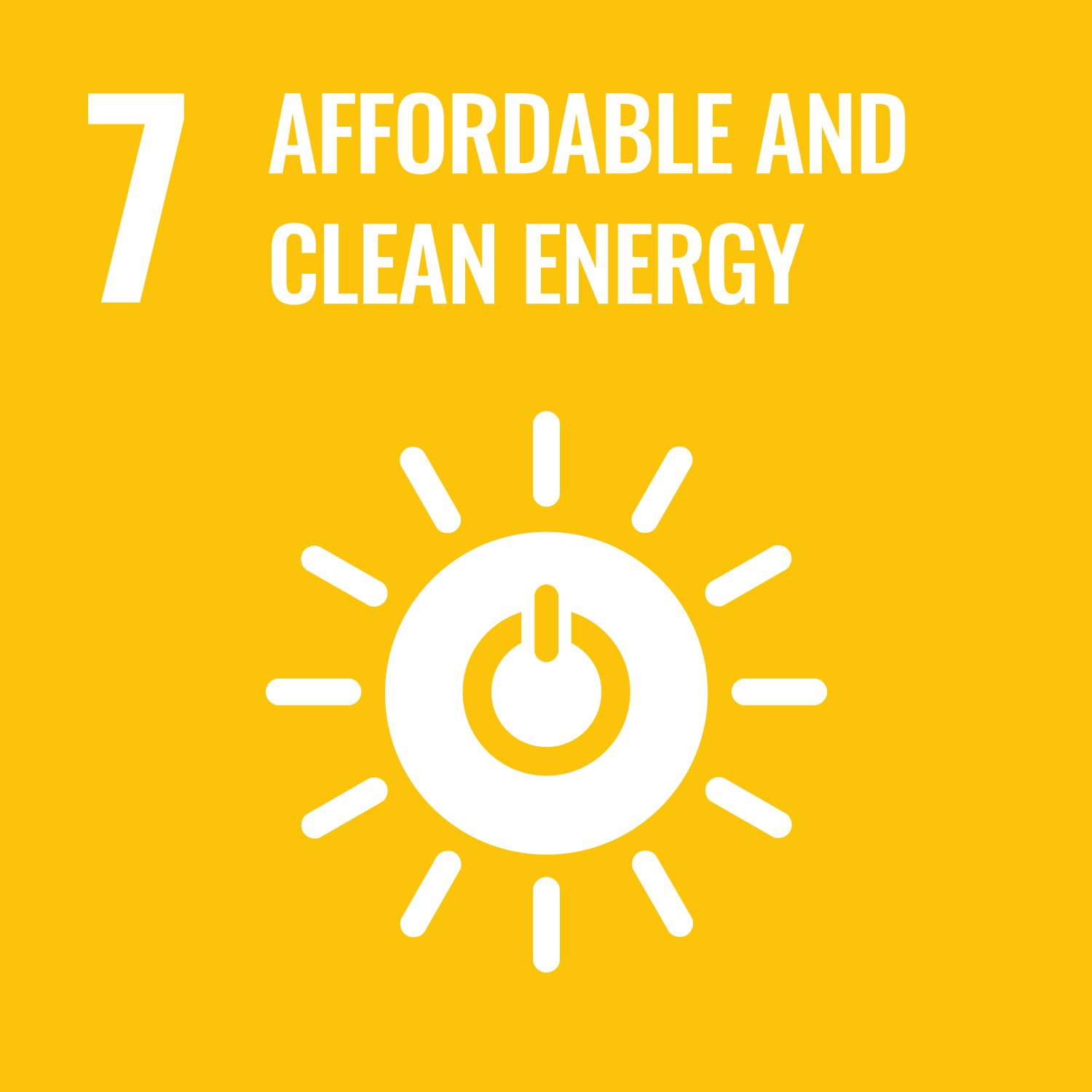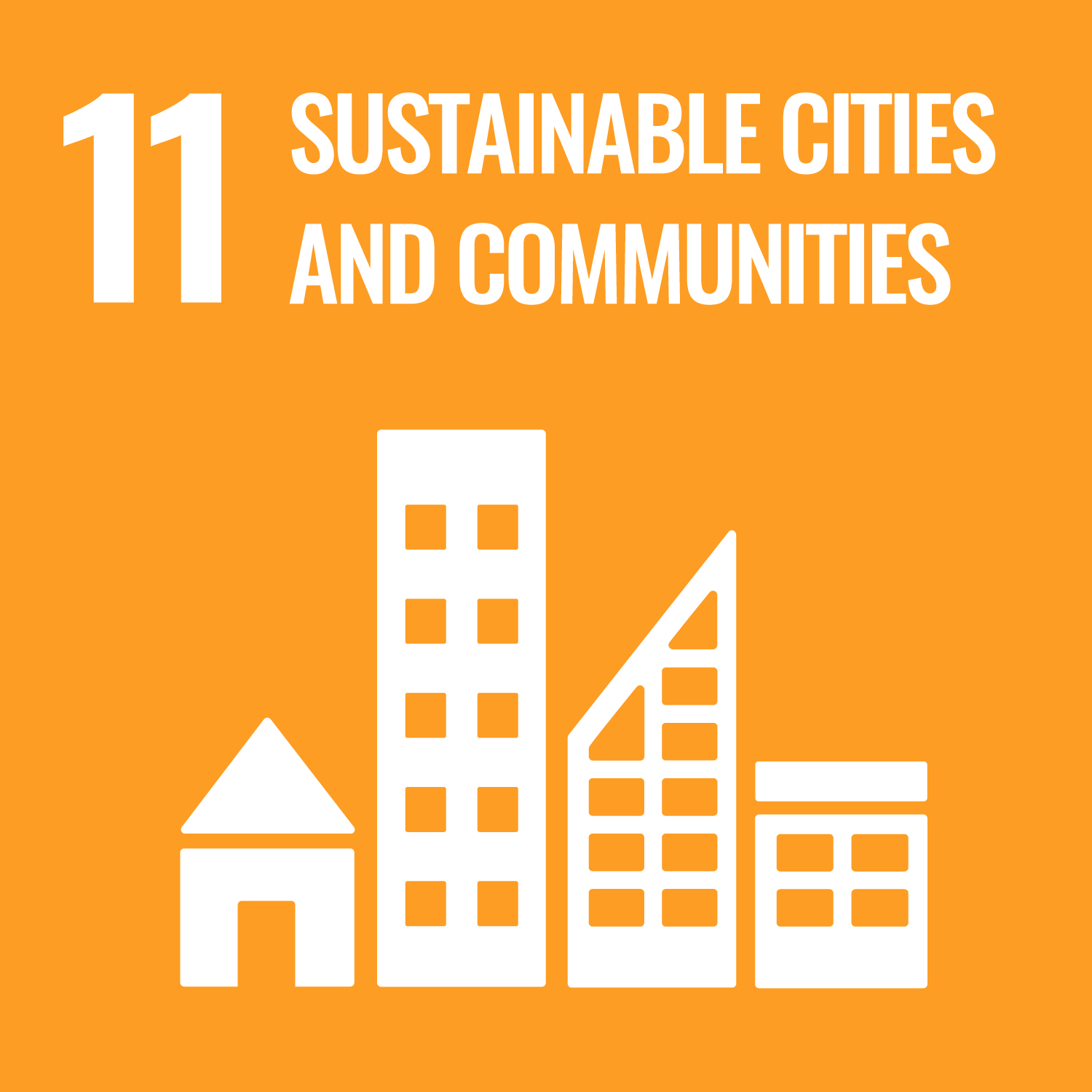The aim of this course is to develop the students’ reading and writing skills. By reading passages related to architecture,
students will enhance their ability to read both for gist and specific details without relying on translation into Japanese.
Through the units, students will also learn about paragraph writing and should be able to write a five paragraph writing at
the end of the semester. Students are expected to discuss the content of what they have read and/or written. Working on E-learning
is given as a weekly assignment.
| Goals and objectives | Course Outcomes | |
|---|---|---|
| 1. | To be able to read texts related to architecture accurately and smoothly | |
| 2. | To be able to understand and employ a range of basic vocabulary related to architecture | |
| 3. | To be able to discuss about what has been read/written | |
| 4. | To be able to write a 5-paragraph writing at the end of the semester |
| Class schedule | HW assignments (Including preparation and review of the class.) | Amount of Time Required | |
|---|---|---|---|
| 1. | Introduction to the course, Ice breaking |
Check the syllabus, E-learning | 200分 |
| 2. | Unit 1 Introduction Reading Section: "What is Architecture?" Pre-reading questions: 1. What do you think architecture is? 2. What do you think is important in architecture? Writing Section: The Organization of a Paragraph |
Unit 1, Reading Assignment Sheet, E-learning, Reflection | 200分 |
| 3. | Unit 2 Planning Reading Section: "Monja Street in Tsukishima" Pre-reading questions: 1. What changes have occurred in your local area since you were a young child? 2. What changes have occurred in Japan since you were a young child? Writing Section: Topic Sentence |
Unit 2, Reading Assignment Sheet, E-learning, Reflection | 200分 |
| 4. | Unit 3 Floor plan Reading Section: "Danchi: Changing Lifestyles" Pre-reading questions: 1. What do you know about danchi? 2. How has housing changed in Japan through the years? Writing Section: Supporting Sentences |
Unit 3, Reading Assignment Sheet, E-learning, Reflection | 200分 |
| 5. | Unit 4 Building Structure Reading Section: "Sagrada Familia: Structure and Detail" Pre-reading questions: 1. What is the most impressive piece of architecture you can think of? 2. Explain what makes it so impressive Writing Section: Cause and Effect Structures |
Unit 4, Reading Assignment Sheet, E-learning, Reflection | 200分 |
| 6. | Unit 5 Kitchens Reading Section: "The Development of Kitchens and Lifestyles" Pre-reading questions: 1. Do you enjoy cooking? Is it a social activity for you? 2. What are the kitchen appliances you couldn’t do without? Writing section: Giving Examples |
Unit 5, Reading Assignment Sheet, E-learning, Reflection | 200分 |
| 7. | Unit 6 Living Rooms Reading Section: "An Architect’s Own House" Pre-reading questions: 1. What do you think would be important if you were designing a home for yourself? 2. Do you prefer handmade goods or mass-produced goods? Explain your answer. Writing Section: Compare and Contrast Structures |
Unit 6, Reading Assignment Sheet, E-learning, Reflection | 200分 |
| Mid-semester writing | |||
| 8. | Unit 7 Design Styles Reading Section: "Architecture and Comfort" Pre-reading questions: 1. What is a place that makes you feel very comfortable? 2. Explain what it is about that place that makes you feel very comfortable. Writing Section: Organization of a Persuasive essay, Brainstorming for Thesis Statement |
Unit 7, Reading Assignment Sheet, E-learning, Reflection | 200分 |
| 9. | Unit 8 Scales and Dimensions Reading Section: "Le Corbusier’s Module" Pre-reading questions: 1. What different scales of measurement are you familiar with e.g. imperial, metric? 2. What makes one measurement system better or worse than another? Writing Section: Creating the Outline of Your Essay |
Unit 8, Reading Assignment Sheet, E-learning, Reflection | 200分 |
| 10. | Unit 9 Colors & Materials Reading Section: "Colors: Culture and the International Visual Language" Pre-reading questions: 1. What are your favorite colors? Why? 2. Do different colors make you feel differently? Explain. Writing Section: Writing an Introduction Paragraph |
Unit 9, Reading Assignment Sheet, E-learning, Reflection | 200分 |
| 11. | Unit 10 Sustainable Design Reading Section: "Singapore: The Sustainable City" Pre-reading questions: 1. What does sustainability mean to you? 2. What steps can cities take to make a city sustainable? Writing Section: Writing Body Paragraphs |
Unit 10, Reading Assignment Sheet, E-learning, Reflection | 200分 |
| 12. | Unit 11 Natural Hazards Reading Section: "Seismic Design and Technology at NMWA" Pre-reading questions: 1. How can architects and engineers protect buildings from earthquakes? 2. Give examples of buildings that you know of that have been built to withstand earthquakes. Writing Section: Writing a Concluding Paragraph |
Unit 11, Reading Assignment Sheet, E-learning, Reflection | 200分 |
| 13. | Unit 12 Urban Design Reading Section: "Planned Cities" Pre-reading questions: 1. Think of cities you know. What makes a “good” city? 2. If you were planning a city, what would you prioritize? Writing Section: Title, Revising, and Proofreading Your Essay |
Unit 12, Reading Assignment Sheet, E-learning, Reflection | 200分 |
| 14. | Wrap-up | E-learning | 200分 |
| Final writing | |||
| 15. | TOEIC IP Test - To be announced later | ||
| Total. | - | - | 2800分 |
| Participation (Reflection) | Homework (E-learning) | Reading Assignment Sheet | Mid-semester writing | Final writing | Total. | |
|---|---|---|---|---|---|---|
| 1. | 20% | 15% | 25% | 15% | 25% | 100% |
| 2. | 0% | |||||
| 3. | 0% | |||||
| 4. | 0% | |||||
| 5. | 0% | |||||
| Total. | 20% | 15% | 25% | 15% | 25% | - |
***The latest information TOEIC-IP test will be announced later***
***TOEIC-IP testに関して、現時点(2020年8月)では未定:決定次第、通知する***
The final score will be calculated as follows: 90 % of the class score (100 full points) + 10% of TOEIC-IP test score. Students need to score 60% or more in order to pass the course. For the calculation of the TOEIC test score, a score of 700 is regarded as full points (100 points). A score of 700 and above will be counted as 100 points.
Class score
Participation (Reflection): 20%
Homework (E-learning): 15%
Reading Assignment Sheet: 25%
Mid-semester writing: 15 %
Final writing : 25%
***TOEIC-IP testに関して、現時点(2020年8月)では未定:決定次第、通知する***
The final score will be calculated as follows: 90 % of the class score (100 full points) + 10% of TOEIC-IP test score. Students need to score 60% or more in order to pass the course. For the calculation of the TOEIC test score, a score of 700 is regarded as full points (100 points). A score of 700 and above will be counted as 100 points.
Class score
Participation (Reflection): 20%
Homework (E-learning): 15%
Reading Assignment Sheet: 25%
Mid-semester writing: 15 %
Final writing : 25%
- Before or after class
- Learning Support Room will also assist your study.
- Course that cultivates an ability for utilizing knowledge
- Course that cultivates a basic interpersonal skills
- Course that cultivates a basic problem-solving skills
| Work experience | Work experience and relevance to the course content if applicatable |
|---|---|
| N/A | N/A |





- 4.QUALITY EDUCATION
- 7.AFFORDABLE AND CLEAN ENERGY
- 9.INDUSTRY, INNOVATION AND INFRASTRUCTURE
- 11.SUSTAINABLE CITIES AND COMMUNITIES
- 12.RESPONSIBLE CONSUMPTION & PRODUCTION
Last modified : Mon Aug 31 04:07:15 JST 2020

